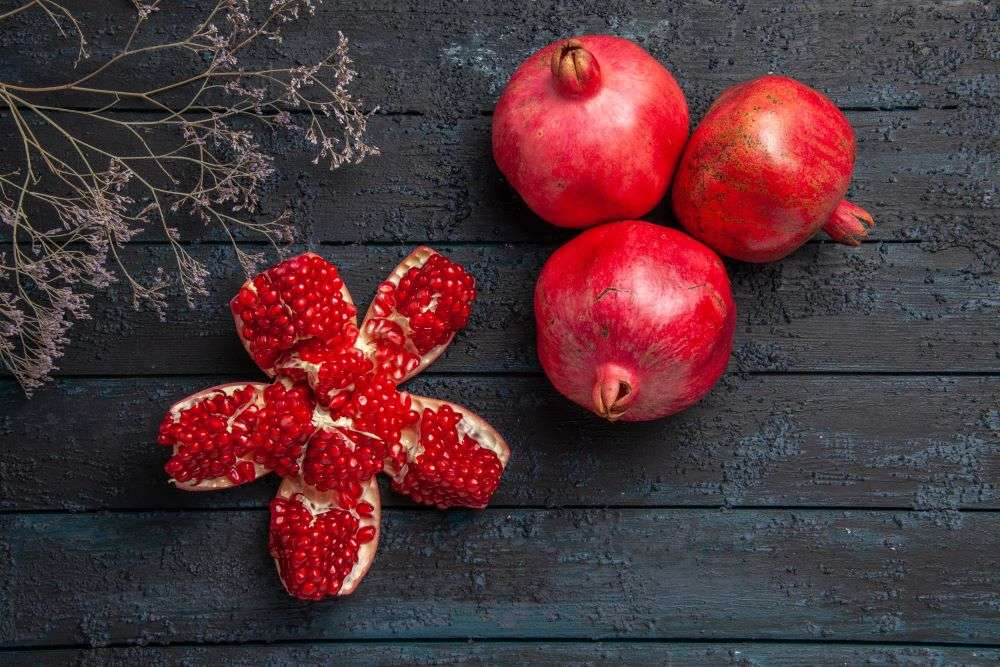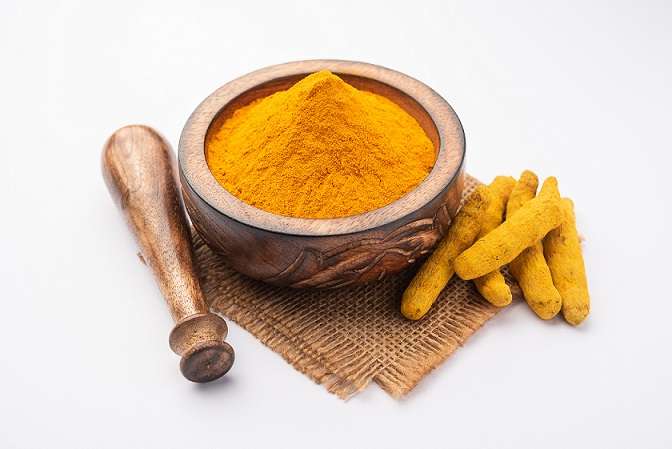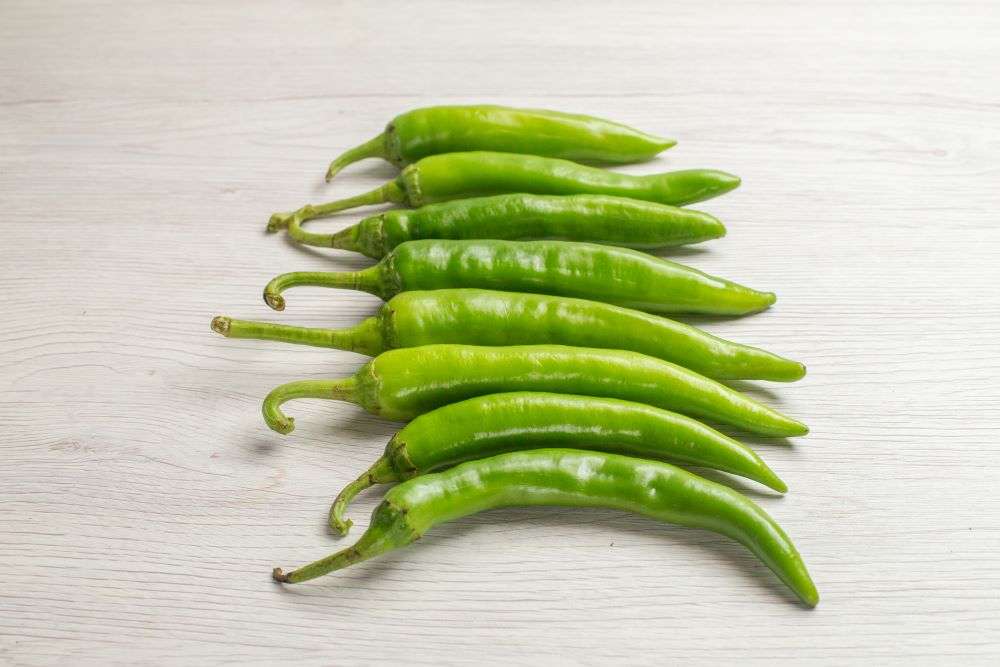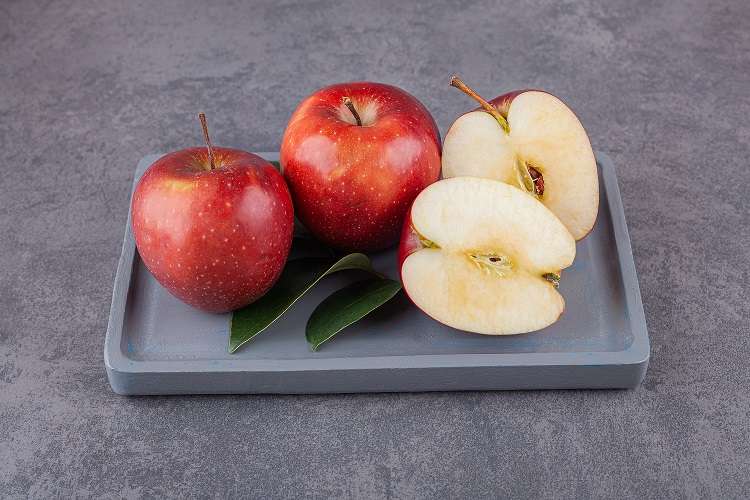Pomegranates, often referred to as the “jewel of fruits,” hold a special place in Indian agriculture. India is one of the leading producers of pomegranates, with Maharashtra, Karnataka, Gujarat, Andhra Pradesh, and Madhya Pradesh being the primary cultivation hubs. The fruit is cherished for its rich nutritional profile, medicinal properties, and vibrant taste. In this blog, we will explore the diverse varieties of Indian pomegranates, their harvesting seasons, the process of obtaining a second bahar (fruiting cycle), and India’s growing presence in the global export market.
Indian Varieties of Pomegranate
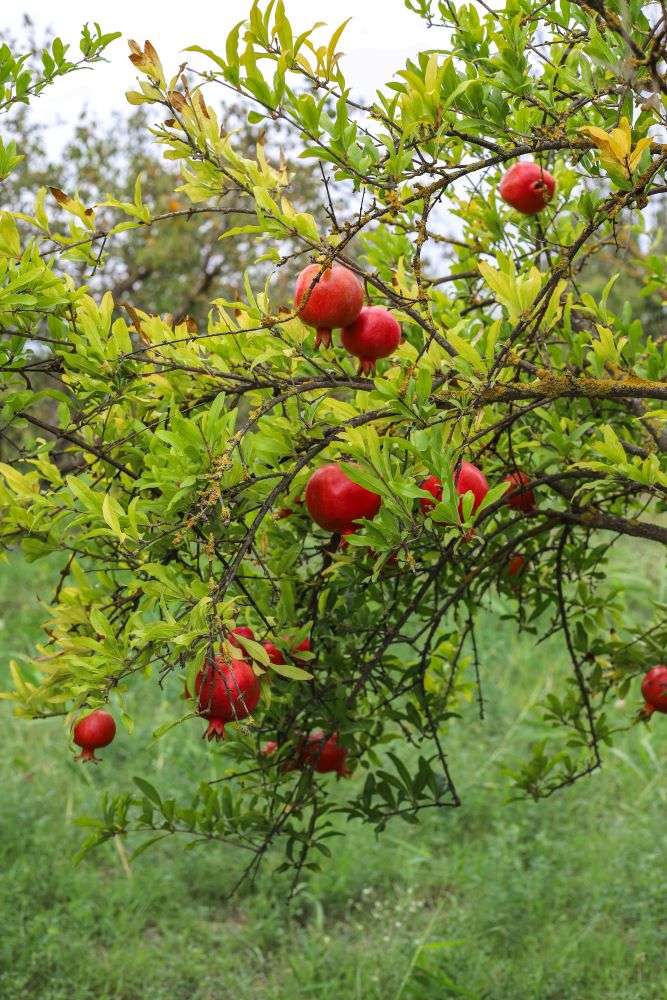
India boasts several high-yield hybrid and traditional pomegranate varieties, each with unique characteristics suited for different climatic conditions. Some of the most prominent varieties include:
- Bhagwa: The most widely cultivated variety, known for its deep red arils, soft seeds, and high juice content.
- Ganesh: A popular table variety with pinkish-red arils and a sweet taste.
- Mridula: A high-yielding variety with soft seeds and excellent fruit quality.
- Jyoti: Known for its disease resistance and uniform fruit size.
- Jalore Seedless: A unique variety with minimal seeds, making it ideal for juice extraction.
- Kandhari: A traditional variety with a slightly tart taste, often used for medicinal purposes.
- Phule Arakta: Developed for better shelf life and export potential.
These varieties cater to both domestic consumption and international markets, ensuring India remains a dominant player in pomegranate production.
Season of Pomegranate Harvest
Pomegranate cultivation in India follows a unique bahar system, which allows farmers to manipulate the fruiting cycle based on climatic conditions and market demand. The three main bahar seasons are:
- Mrig Bahar (June-July planting, February-March harvest): Ideal for regions with moderate temperatures.
- Hasta Bahar (October-November planting, June-July harvest): Suitable for areas with dry summers.
- Ambe Bahar (February-March planting, October-November harvest): The most common cycle, aligning with festive seasons and export demand.
By strategically selecting the bahar cycle, farmers can optimize yield and ensure a steady supply of pomegranates throughout the year.
Process of Obtaining a Second Bahar from One Plant
Pomegranate trees have the unique ability to produce multiple fruiting cycles within a year, provided they receive proper care and management. The process of inducing a second bahar involves:
- Pruning: Removing old branches and stimulating new growth.
- Irrigation Management: Controlling water supply to encourage flowering.
- Nutrient Application: Providing essential fertilizers to boost fruit development.
- Pest and Disease Control: Ensuring the plant remains healthy and free from infections.
- Flower Induction Techniques: Using growth regulators to enhance flowering.
With these practices, farmers can achieve higher yields and maximize profitability from a single pomegranate plant.
Advanced Cultivation Techniques
Indian farmers are increasingly adopting high-tech cultivation methods to enhance pomegranate yield and quality. Some of the key techniques include:
- High-Density Planting: This method allows farmers to grow more plants per acre, increasing productivity.
- Drip Irrigation: Efficient water management ensures optimal growth while conserving water resources.
- Integrated Pest Management (IPM): A combination of biological, cultural, and chemical methods helps control pests without excessive pesticide use.
- Use of Growth Regulators: Hormonal treatments help improve flowering and fruit set, leading to better yields.
Post-Harvest Handling and Processing
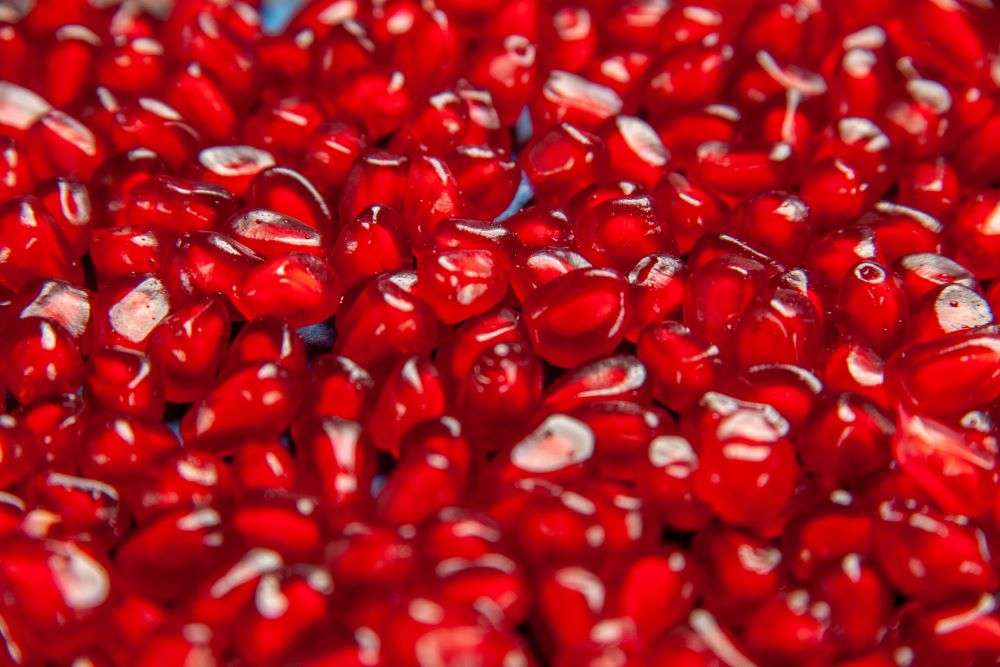
Proper post-harvest handling is crucial for maintaining fruit quality and ensuring successful exports. Key steps include:
- Cold Storage Facilities: Proper storage conditions extend shelf life and maintain fruit quality for export.
- Sorting and Grading: Pomegranates are sorted based on size, color, and quality to meet international standards.
- Packaging Innovations: Eco-friendly and durable packaging solutions enhance fruit preservation during transportation.
- Value Addition: Processing pomegranates into juice, concentrates, and extracts increases market value and export potential.
India’s Pomegranate Export Market
India has established itself as a key exporter of pomegranates, supplying premium-quality fruits to markets across the Middle East, Europe, and the United States. The Bhagwa variety, in particular, is highly sought after due to its superior taste and shelf life.
A recent breakthrough in India’s pomegranate export sector was the development of the Sharad King variety, patented by a farmer from Maharashtra. This variety has gained popularity for its larger fruit size and longer shelf life, making it ideal for international markets.
– The Indian Express
Indo Foods Export: Exporting Pomegranates Worldwide
One of the leading exporters of Indian pomegranates is Indo Foods Export, a company dedicated to bringing the finest quality fruits to global consumers. With a strong presence in international markets, Indo Foods Export ensures that Indian pomegranates reach destinations worldwide, maintaining India’s reputation as a top producer of this nutritious fruit.
As India continues to innovate in pomegranate cultivation and export strategies, the future looks promising for farmers and consumers alike. Whether enjoyed fresh, as juice, or in culinary creations, Indian pomegranates remain a symbol of health and prosperity.

